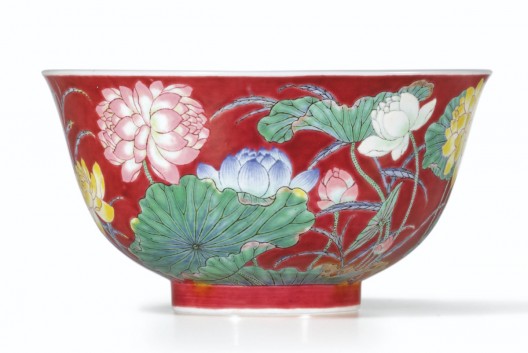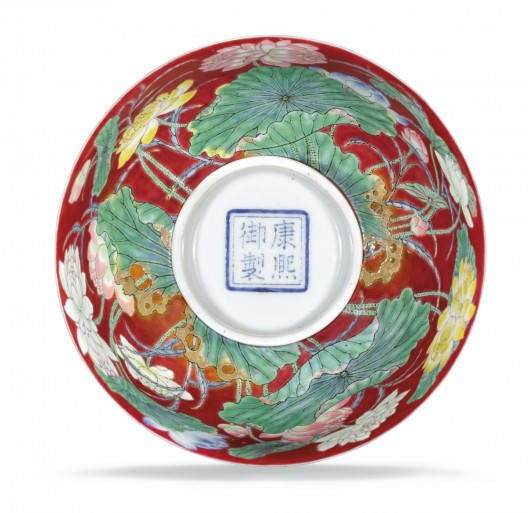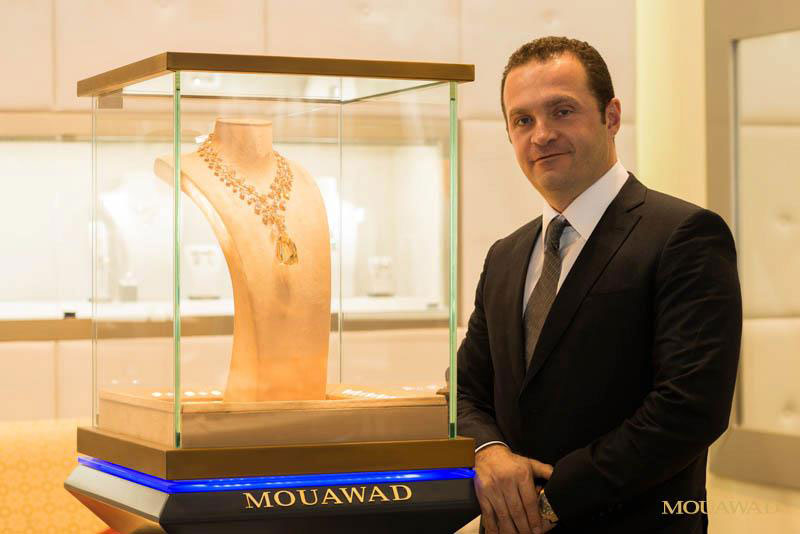In recent times, demand for a rare Chinese bowls is unbelievable. Just a couple of days ago, a rare, 1000-year-old Chinese bowl bought for $3 from a garage sale in the U.S. sold for $2.225 million at Sotheby’s fine Chinese ceramics and works of art auction. Now, one more Chinese bowl, although this time it’s about ruby red version with a lotus pattern broke the world record for Chinese Kangxi ceramics on April 8, when was sold for HK$74 million ($9.5 million) at the Sotheby’s Hong Kong Spring sale of fine Chinese ceramics and works of art.
This small, 11-centimeter bowl made in 18-century Chinese imperial workshops was sold to prominent Hong Kong ceramics dealer William Chak of Chak’s Co. Ltd., who paid more than 140 times the price paid three decades ago in a sign of surging demand.
According to Nicholas Chow, a Sotheby’s ceramics expert, the bowl is in “absolutely perfect condition.” Falangcai of the Kangxi reign are among the rarest and most dazzling ceramic wares of the Qing dynasty. This one bowl is believed to be one of the earliest examples of an imperial ceramic that incorporated Western enameling techniques.
This falangcai “Double Lotus” bowl first appeared at auction in 1983 at Sotheby’s fetching HK$528,000 ($67,700) at the time. It then changed hands at a Christie’s sale in 1999 for HK$12 million ($1.54 million). Chak bid at both auctions for the bowl but never won until now.
Now that he has bid on the bowl successfully, Mr. Chak intends to resell it in five years’ time. “I don’t think there is a bubble for these kinds of big items,” he said. “In five years, the price will be up.”











